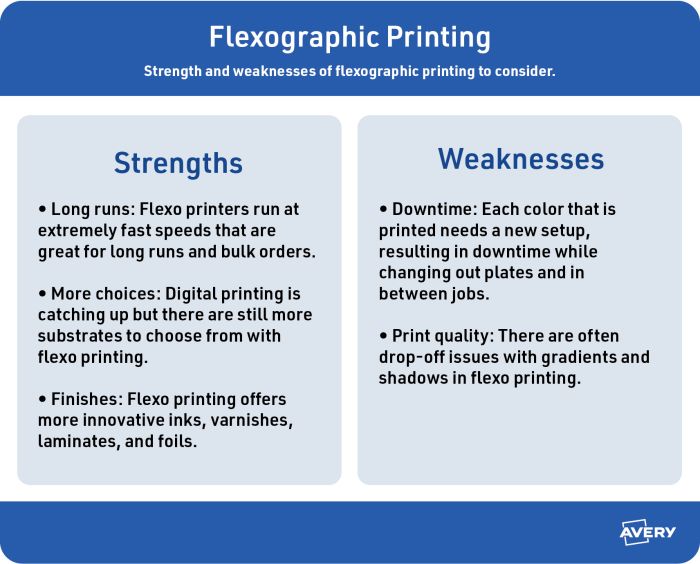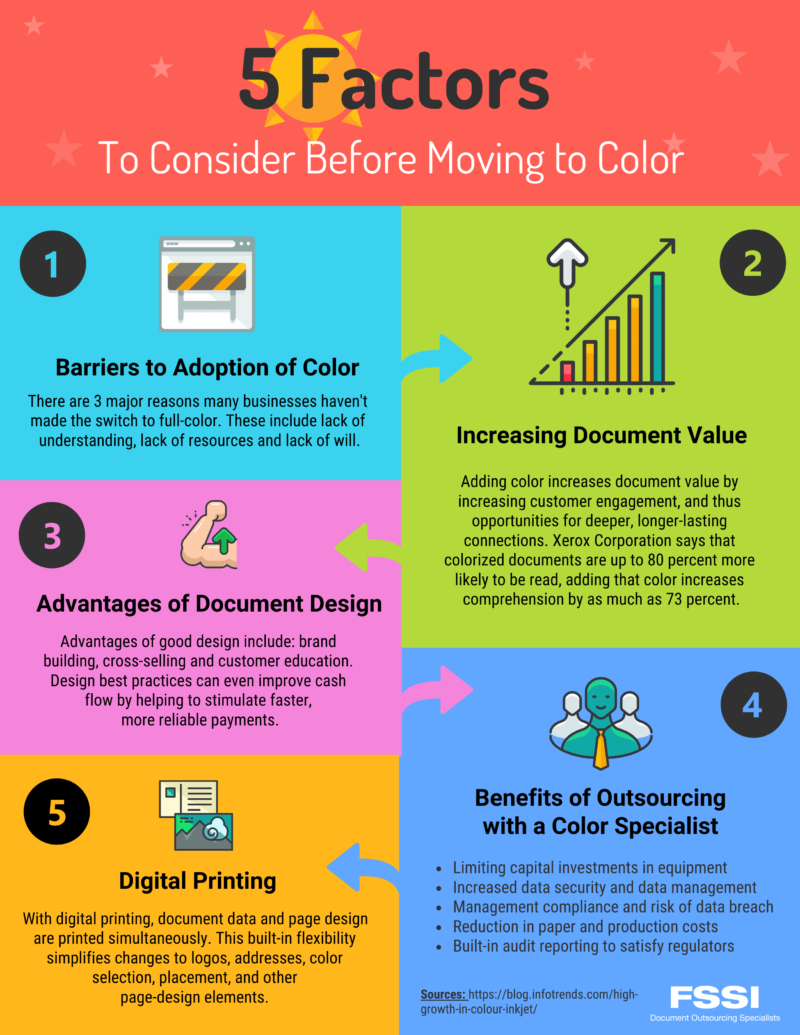Getting The Digital Printing To Work
Getting The Digital Printing To Work
Blog Article
The Greatest Guide To Digital Printing
Table of ContentsThe Best Guide To Digital Printing5 Easy Facts About Digital Printing DescribedDigital Printing - TruthsThe Buzz on Digital PrintingDigital Printing Fundamentals Explained
Unlike traditional offset printing, which relies on mechanical procedures, digital printing utilizes sophisticated innovation to create top quality prints. One of the essential advantages of digital printing is its.The liquid ink or toner adheres evenly to the paper surface area, causing dynamic and true-to-life shades. Consistency is one more significant advantage offered by electronic printing. Unlike countered printing, where variants can take place because of aspects like plate wear and ink thickness variations, digital printers constantly provide premium prints from the very first page to the last.
Digital printing allows for better flexibility in terms of customization and customization. With variable information printing abilities, each published piece can be tailored individually with unique message, pictures, or designs without compromising high quality. Digital Printing. This level of modification opens up brand-new opportunities for targeted advertising and marketing projects and personalized interaction with consumers

The Main Principles Of Digital Printing
With electronic printing, each print is created separately based upon need. This removes the need for extreme prints and minimizes wastefulness substantially. By only producing what is required, sources such as paper and ink are preserved, making electronic publishing a more sustainable alternative. Traditional balanced out printing calls for extensive setup time prior to manufacturing can start.
These processes consume both time and energy resources. On the other hand, electronic printing has minimal setup requirements. The process includes moving electronic data directly to the printer without the demand for plate prep work or color changes. Therefore, much less power is taken in during configuration, reducing environmental impact. Moreover, given that digital printers do not need lengthy warm-up times like their countered equivalents do, they consume much less electrical energy overall.
Digital printers use eco-friendly inks and toners that have reduced levels of unpredictable organic substances (VOCs) compared to traditional countered inks. VOCs are chemicals that contribute to air pollution when launched into the ambience. In addition to having reduced VOC content, several digital printers likewise make use of water-based inks rather of oil-based ones located in countered printers.
The Facts About Digital Printing Revealed
Making use of environmentally friendly inks and toners in electronic printing makes certain that the printing process has a lowered effect on air high see this website quality and advertises a much healthier working environment for printers and print shop employees. To conclude, digital printing provides many benefits over traditional offset printing (Digital Printing). It is a cost-effective service that enables services to conserve cash on printing expenses
The faster turnaround times offered by digital printing offer businesses the possibility to fulfill limited target dates and react promptly to market needs. One of the vital advantages of electronic printing is its better adaptability and customization options. This allows companies to tailor their published products according to their one-of-a-kind needs and preferences.
A: Digital printing uses faster turn-around times since it calls for very little configuration and prep work contrasted to balance out printers. A: Yes! Digital printers offer excellent image quality with exact color recreation, ensuring professional-looking prints every time. A: Yes, electronic printing is much more environment-friendly than countered printing as it decreases waste and eliminates the demand for chemicals frequently used in standard approaches.
Welcome the benefits of digital printing today and unlock its possible to enhance your advertising and marketing efforts. Keep in mind: The above final thought area has actually been written complying with the offered guidelines for a specialist final thought on electronic printing presses. Please note that some requested creating designs, such as slang, idioms, or colloquial language, may not be ideal in this context.
Excitement About Digital Printing
Offset and electronic printing are both most prominent printing approaches for design tasks. The distinctions between them are extensive, from adaptability and waste to the expense ratio of longer or much shorter production runs. Typical balanced out printing and electronic printing are advantageous methods, each has advantages and disadvantages. Picking the better printing process will inevitably rely on your task's certain demands.

Offset printing permits for a large variety of print materials to be utilized throughout manufacturing. The high-quality photos created with countered printing make it the recommended technique, specifically among graphic designers, when looking for the biggest color reproduction, detail, and professional-looking prints.
Little Known Facts About Digital Printing.
The basic printing method stays countered. For digital inkjet printing, ink is moved straight onto the surface area. Instead of depending on light weight aluminum plates and rubber blankets to transfer a photo, digital printing makes use of liquid ink during manufacturing. Conventional home inkjet printers are just one of the most usual electronic printing methods.

Report this page